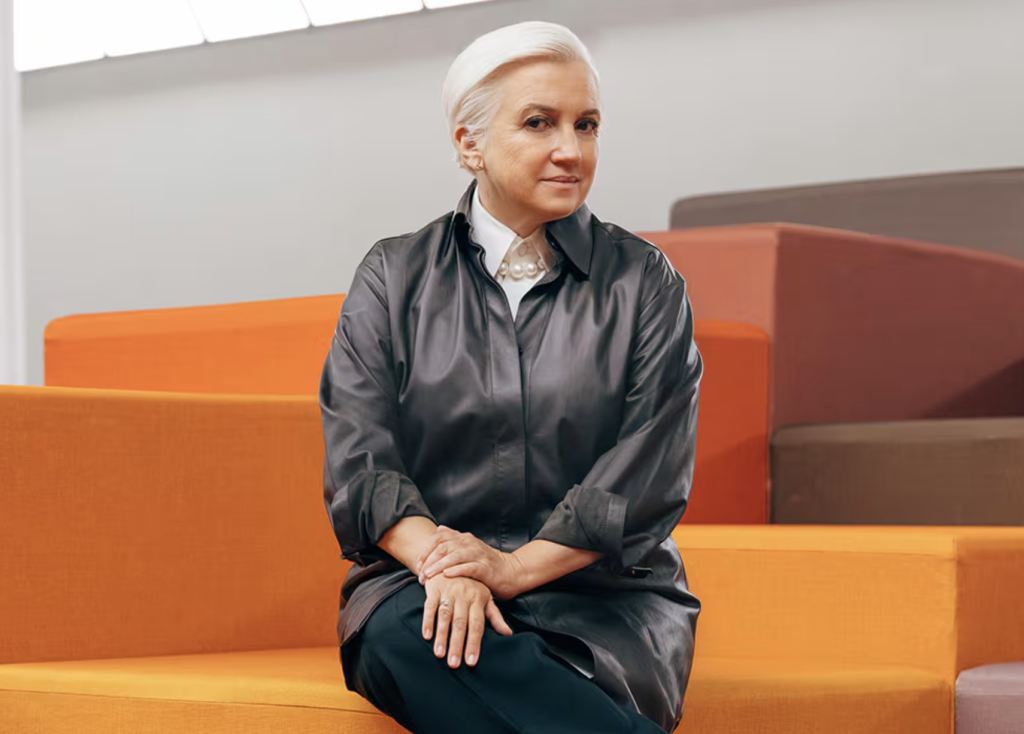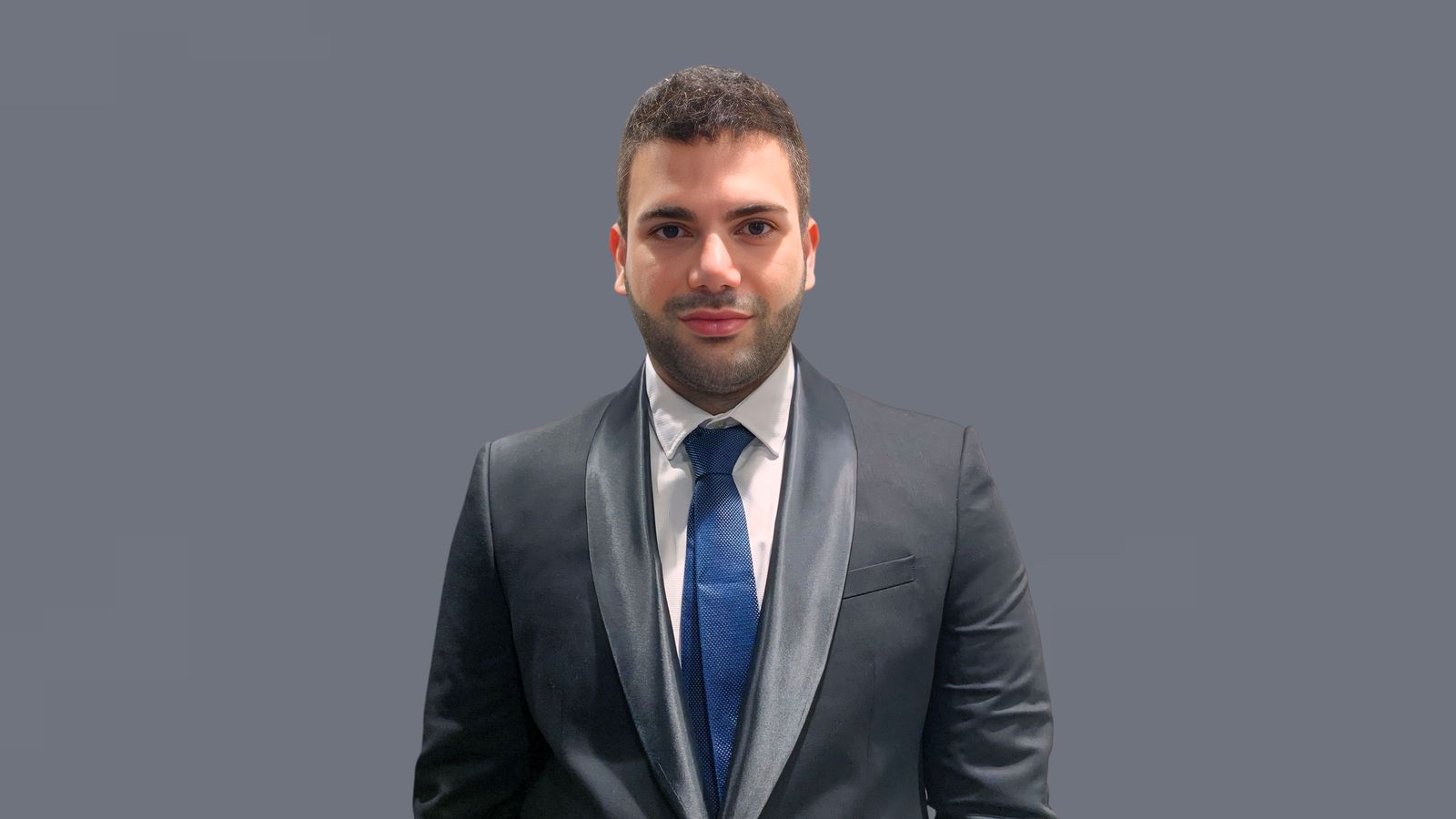When Silvia Venturini Fendi announced her departure as Creative Director of Fendi, it markedthe end of an era for one of Italy’s most renowned fashion houses. It was also an opportunity to reflect on the role of the Creative Director, one of the most important yet often misunderstood positions in the business.

WHAT IS THE JOB OF A CREATIVE DIRECTOR?
A strong creative vision is at the heart of every fashion brand’s success, and the Creative Directoris the one who brings it to life. This job is more than just making clothes; it’s also about tellingstories, culture, and business strategy. The Creative Director is responsible for overseeing designteams, collaborating with marketing and retail, and ensuring that every collection remains true tothe brand’s history while still being relevant to modern audiences. In short, they are both artistsand strategists who transform inspiration into a brand’s unique identity. Their touch not onlyshapes how the brand looks, but also how it feels to people worldwide, leaving a lasting imprinton the brand’s identity.
Silvia Venturini Fendi’s Legacy
Silvia Venturini Fendi, the third generation of the Fendi family, has played a pivotal role in thebrand’s modern success. She is best known for making the Baguette bag, which Carrie Bradshawmade famous in Sex and the City. She turned accessories into symbols of power and style. Shewas in charge of more than just handbags; she also oversaw the men’s collections and accessorieslines, keeping Fendi’s signature mix of fun and luxury. Fendi collaborated with renowned artists and architects, such as Karl Lagerfeld and Kim Jones, to blend traditional and modern styles. As she takes on the role of honorary president, her creative DNA will always be a part of the brand.
Cultural Architects as Creative Directors
Creative Directors have always been the ones who have made brands new and appealing topeople all over the world. Karl Lagerfeld at Chanel took Coco Chanel’s legacy and made it morerelevant to modern women. He turned tweed suits and pearls into timeless symbols of power. Inthe 1990s, Tom Ford brought sexiness and style to Gucci, bringing back its prestige and inspiringa whole generation. Phoebe Philo’s simple style at Céline marked the start of a new era of quietsophistication. Alessandro Michele’s over-the-top style revitalised Gucci in the 2010s, characterised by gender-neutral looks and poetic eccentricity.
Maria Grazia Chiuri at Dior, who brought feminist storytelling to high fashion, and JonathanAnderson at Loewe, who turned craftsmanship into modern art, both have the same vision.Demna Gvasalia’s disruptive style at Balenciaga and Hedi Slimane’s sharp tailoring at Céline demonstrate how creative directors navigate the fine line between controversy and creativity to keep brands in the public eye.
The New Generation of Dreamers
Creative Directors are not only in charge of ateliers these days; they are also responsible for shaping how brands tell their stories on social media, in fashion, and in an environmentally conscious manner. Matthieu Blazy at Bottega Veneta is redefining what luxury means byemploying silent craftsmanship and eschewing loud logos, while embracing innovative ideas.Pierpaolo Piccioli at Valentino promotes a design ethos that is inclusive and grounded inemotion. At the same time, Sabato De Sarno’s arrival at Gucci marks the beginning of a new eraof understated sophistication.Creative individuals who understand how to combine authenticity, lifestyle, and digital relevanceare leading even younger brands, such as Jacquemus, Marine Serre, and The Row. The job hasevolved beyond design; it now encompasses navigating the complex intersection of art,technology, and consumer psychology.
When Business and Creativity Meet
The Creative Director has always had to find a way to balance art and business. Virgil Abloh atLouis Vuitton is a good example of someone who changed the way people think about luxurystreetwear and made the brand culturally relevant. Olivier Rousteing at Balmain is another goodexample. He used digital storytelling and influencer culture to make couture more accessible toyounger audiences. To keep a brand’s past alive while also moving it forward, you need more than just talent; you also need vision, resilience, and leadership. If done right, it can make a fashion house into a worldwide cultural movement.
Raffles: Making Future Creatives
The Fashion Design program at Raffles helps train the next generation of Creative Directors bycombining artistic exploration with business knowledge. Students learn how to create clothes,but they also learn how to establish a strong brand identity, stay current with market trends, andtell stories that extend beyond the runway. Raffles students understand what it means to thinklike a creative visionary, ready to lead the fashion brands of the future. They do everything, from generating ideas to collaborating with companies and attending fashion events.
References
Business of Fashion. (2025). Silvia Venturini Fendi steps down as Fendi’s creative director.
Fendi. (2025). Silvia Venturini Fendi is taking on the role of honorary president [Photograph]. The Business of Fashion.
Vogue. (2025). The evolution of creative directors in the fashion industry.https://www.vogue.com
WWD. (2025). Inside the changing role of creative directors in luxury fashion.https://wwd.com
Forbes. (2025). From vision to value: How creative leadership drives brand success.https://www.forbes.com
Harper’s Bazaar. (2025). Creative direction in fashion: The power of storytelling and innovation. https://www.harpersbazaar.com







